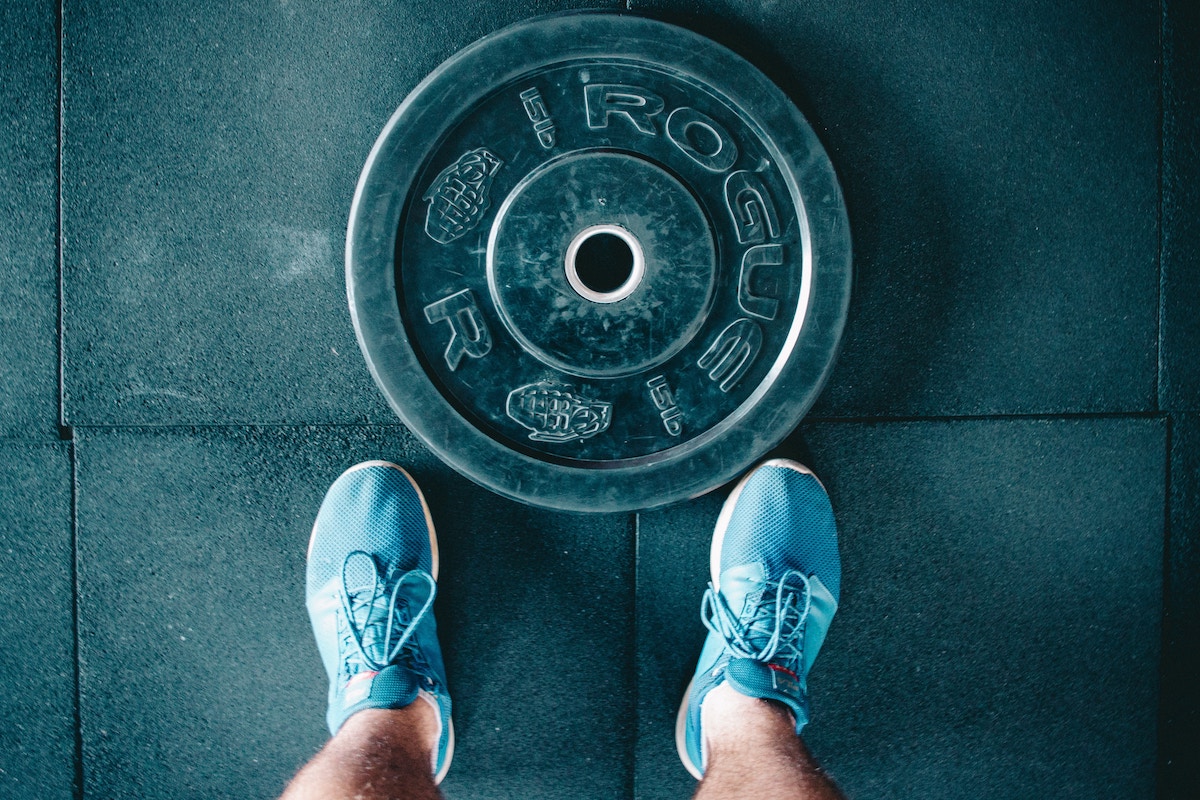By Sam Lim, TLS Certified Coach
Exercise is key to good health. Not only does exercise help you look good but it feels good mentally and physically. There are four most important types of exercises: aerobic exercise, strength training exercise, stretching exercise, and balance exercise. Although each type of exercises has its own uniqueness and benefits, it is important to incorporate all of these four exercises instead of just doing the exercises that we enjoy. These four types of exercises go hand in hand with each other, help the body recover, improve performance and mobility, avoid injuries, and the most important thing is to feel great.
Most people who enjoy strength training for gaining muscle mass often tend to skip aerobic exercises, and that includes myself sometimes. If we get tired easily and feel out of breath from walking up a couple of flights of stairs, it is a sign that we need aerobic exercise to strengthen our heart and lung functions. We also need to increase more blood flow to our muscles for strength.
Although all forms of physical activities provide some benefits to our cardiovascular health, aerobic exercise is the most effective due to the increase in blood flow, heart rate, and breath. It is a great workout for our heart and lungs. We can list all kinds of benefits for aerobic exercises, such as lower LDL cholesterol and increase HDL or good cholesterol, lower blood pressure, control blood sugar levels, which helps type 2 diabetes, improve mood, depression, improve lung function, support weight loss, decrease resting heart rate which increase the efficiency of heart functions, and etc.
It is important to do at least 20 to 30 minutes of aerobic exercise each day to keep up the well-being of both our mind and body. Some examples of aerobic exercise include running, cycling, swimming, fast walking, etc. Those of you who want to burn more fat can focus on higher heart BPM which standards can vary with age. Moderate-intensity training such as aerobic classes, HIIT or TABATA exercises are great choices.
To maintain optimal cardiovascular health, one needs not just aerobic exercise but also need to incorporate healthy eating habits and supplements. There are many diets out there, but are only effective for short-term approach on weight loss. Many diets cause nutrition imbalance. Low-GI eating because not only is it a long-term lifestyle approach but also nutrition balanced. Low-GI eating has a number of health benefits such as blood sugar control, reducing body inflammation, promoting weight loss, lowering the risks of heart disease and type 2 diabetes. Supplements such as antioxidants and omega 3 fish oil are strongly recommended which lower the LDL or bad cholesterol to prevent plaques in artery walls, blocking blood flow, inflammation, regulate free radicals, decreasing triglycerides and lowering blood pressure.
Sam Lin is a TLS Certified Trainer and an independent distributor of Market America products. These statements are his own.





Comments (0)